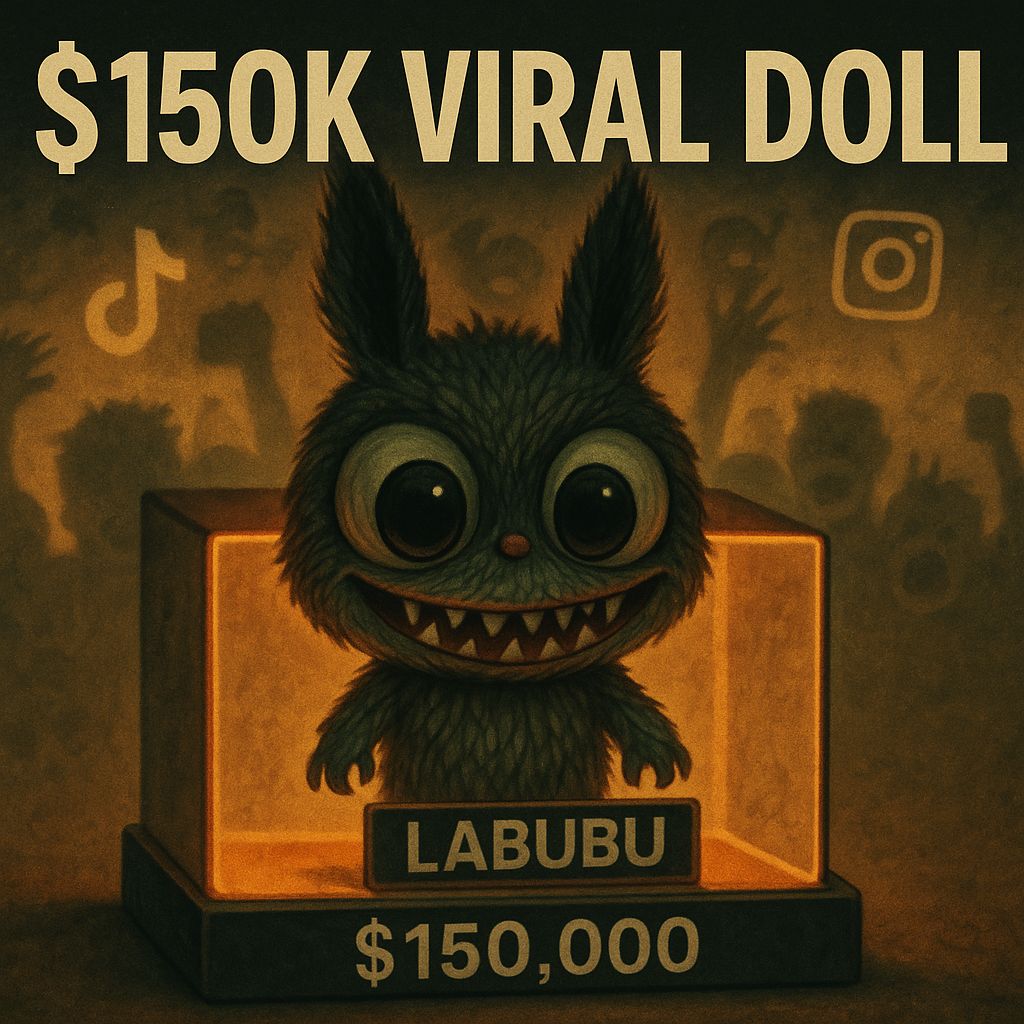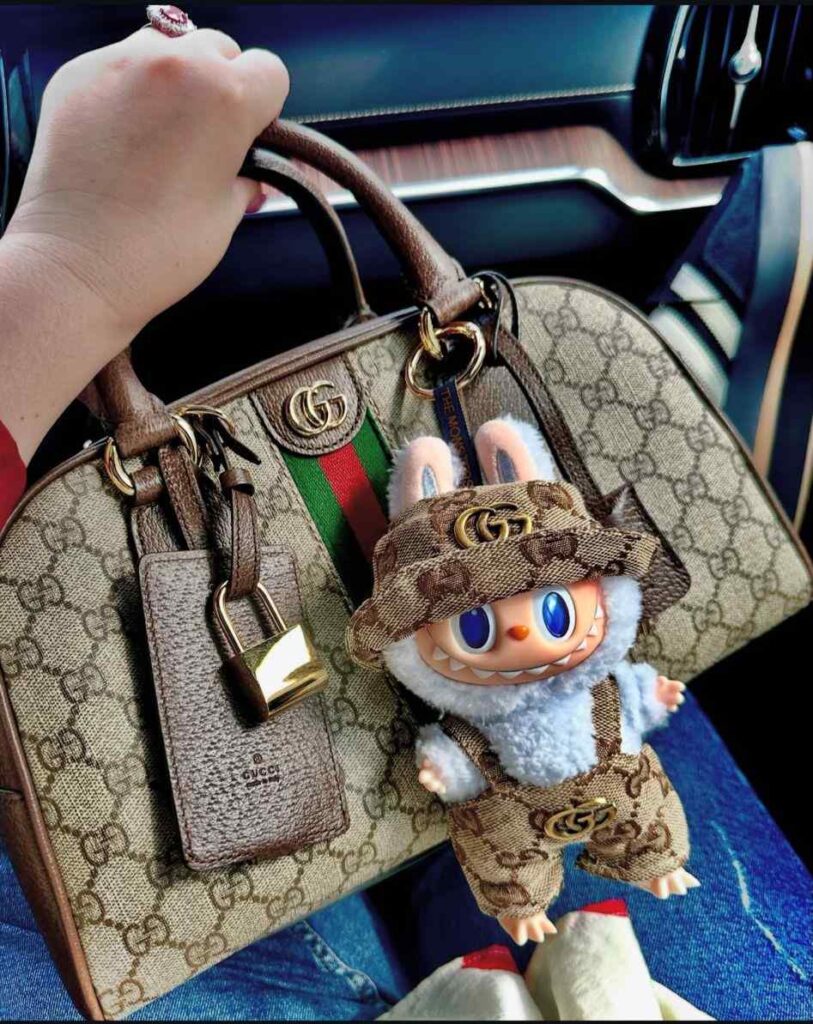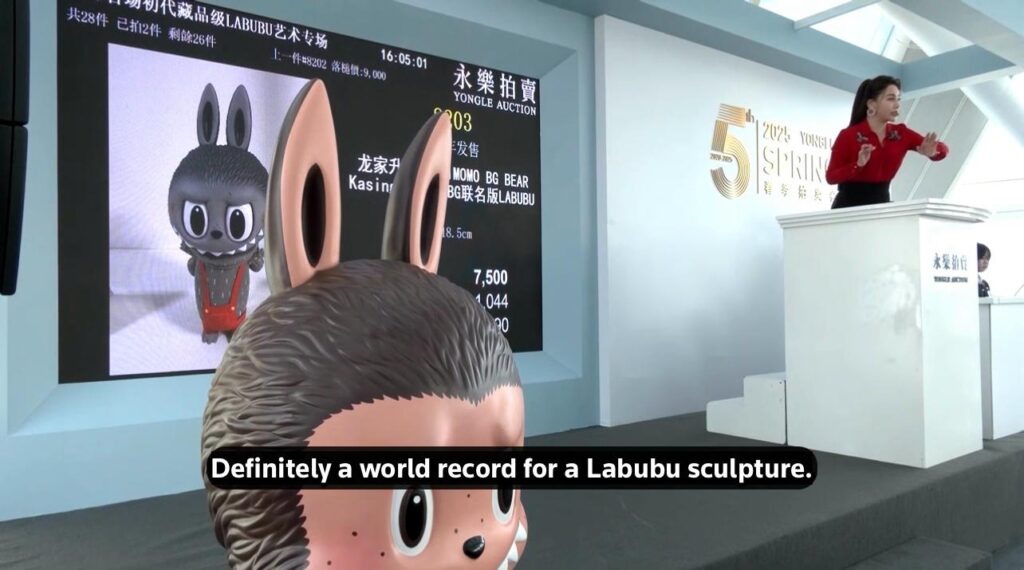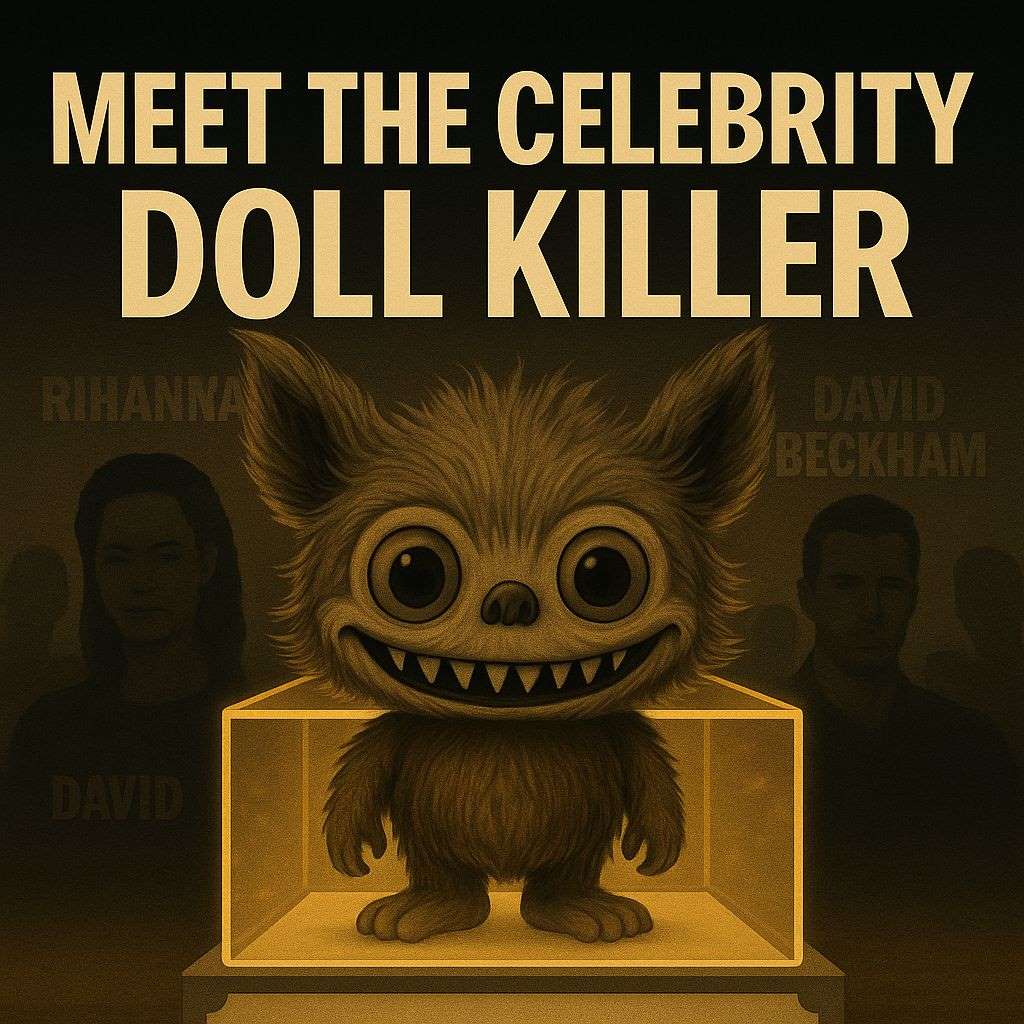Why Everyone Is Losing Their Mind Over Labubu — The $1.6 Billion Ugly Doll Obsession

In a world where trends come and go like viral TikToks, few things have managed to shake the global market the way Labubu has. It’s weird, it’s creepy, it has nine teeth—and somehow, it’s printing millions. But what exactly is Labubu, and why is this “ugly little monster” selling out worldwide, even at black market prices touching $150,000?
Let’s dive into the bizarre, brilliant world of Labubu, and uncover why this furry, bug-eyed creature is being hoarded by collectors, celebrities, and hype beasts across the globe.
⸻
What Is Labubu?
Labubu is a designer toy created by Hong Kong artist Kasing Lung and popularized through a partnership with Chinese collectible toy giant Pop Mart. While it may look like a cross between a gremlin and a cartoon monster, Labubu has turned into one of the world’s most desirable collectibles.
Originally launched in blind boxes—where buyers don’t know which version of the toy they’re getting—Labubu dolls began as cute aesthetic shelf pieces. But what started as collectible art quickly evolved into a cultural phenomenon.
⸻
The Five-Step Formula Behind Labubu’s Insane Popularity
- The Spark: Celebrity Endorsement Without the Ad Budget
Every viral product has a beginning—and Labubu’s journey started with a single moment of celebrity attention. In April 2024, Lisa from BLACKPINK posted a photo holding a Labubu doll. No paid promotion. No massive campaign. Just an organic post that instantly caught the attention of millions of fans worldwide.
That one photo triggered curiosity and made Labubu instantly cool. Soon after, celebrities like Rihanna, David Beckham, and even Hollywood influencers began showing off their own Labubu collections—fueling a viral wave no traditional advertisement could match.
- Social Media Fuel: From Blind Boxes to Unboxing Virality
Labubu isn’t just a toy—it’s an experience. The thrill of opening a blind box, not knowing whether you’ll get a rare piece or a common one, became irresistible. TikTok and Instagram filled up with unboxing videos, collection reveals, and bragging rights.
As more creators posted about Labubu, the demand skyrocketed. The FOMO was real—and so was the engagement.
- Scarcity and FOMO: You Snooze, You Lose
Pop Mart played it smart. They didn’t flood the market with Labubu dolls. Instead, they released them in limited batches—instantly creating a supply crunch. Lines wrapped around malls. Drops sold out in minutes.
And when people can’t easily get something? They want it even more.

- The Resale Craze: From $30 to $150,000
That scarcity created a new economy. A $30 toy started selling for hundreds—and in some cases, hundreds of thousands—on resale platforms. One human-sized Labubu even fetched $150,000 in Beijing.
Resellers were flipping dolls like rare sneakers. Headlines followed. The hype amplified. Everyone wanted in.

Credit: $150K Labubu auction confirmed by Reuters – reuters.com
- Cultural Lock-In: Labubu Became a Lifestyle
What happens when a toy becomes a part of your identity? Pop Mart expanded the brand into keychains, charms, bags, and even collaborated with massive pop culture IPs like Harry Potter and DC.
Labubu was no longer just a collectible—it became a lifestyle accessory, a personality flex, and a status symbol.
⸻
The Psychological Trick Behind Labubu’s Success
This isn’t just marketing—it’s behavioral science. Labubu and similar hyped products exploit a psychological principle called the Flywheel of Hype:
• Start with an organic spark
• Let social media build the buzz
• Create scarcity to drive urgency
• Fuel resale to boost value
• Cement cultural relevance with partnerships and product expansion
The result? A product that becomes viral without ever needing a traditional ad.
⸻

But Will the Hype Last?
Just like fidget spinners and NFTs, every hype product faces a shelf life. Today, Labubu is everywhere. But can it stick around forever?
That depends on one thing: Can Labubu evolve from a novelty into a long-term identity? Brands like Air Jordan did it by building cultural tribes. Labubu still sits in the novelty zone—and unless it taps into something deeper, the trend could fade.
But right now? Labubu is on fire.


